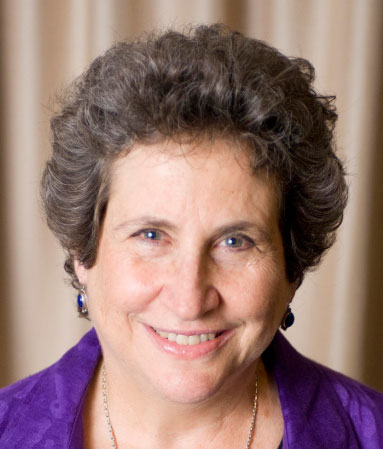Designing a More Sustainable Future
In the Systems Thinking for Sustainable Design course, students in Northwestern Engineering’s Master of Science in Executive Management for Design and Construction (EMDC) program learn how big-picture thinking and strategy can impact the future.

In Systems Thinking for Sustainable Design, students in Northwestern Engineering’s Master of Science in Executive Management for Design and Construction (EMDC) program experience a process to understand and take on creating sustainable work. Co-instructors Helen Kessler and Michelle Halle Stern demonstrate through examples and group discussions that making a greener future is not possible without using a systems thinking approach.
"Systems thinking is about making connections and understanding the complexity of life," said Kessler, who's taught in EMDC since 2018. "It takes us away from thinking in the silos that we tend to stay within, be they construction, mechanical engineering, or something else, and helps us see how everything is connected. If someone truly wants a world that is sustainable, they must understand systems, connections, how things interact, nature, and our place in the environment."
Kessler said many people assume the class will be about recyclable materials or how buildings become LEED certified by the U.S. Green Building Council, but that assumption is wrong. Among the topics discussed in class are patterns and frameworks that help learners understand systems thinking and how potential can be identified so that future designers can better create sustainable work.
“Our class is about thinking and it causes students to turn their world view upside down,” Kessler said. “Most come to class thinking they will experience a linear learning environment, common to most courses, and they soon learn that isn’t the case. Students have said to us that they were surprised by the class, but most importantly, that it changed the whole way they view the world.”
The students who take the class come in engaged and motivated, Kessler said, and they already have at least 10 years of real-world experience, which helps them understand why a smart approach to thinking is so valuable.
“We want the students to see the paradigms they have been living inside of during most of their lives and see there are other ways to see the world, in particular within a living systems paradigm,” Kessler said. "We hope they will think about everything they are involved with in a new way with their new critical thinking skills.”

